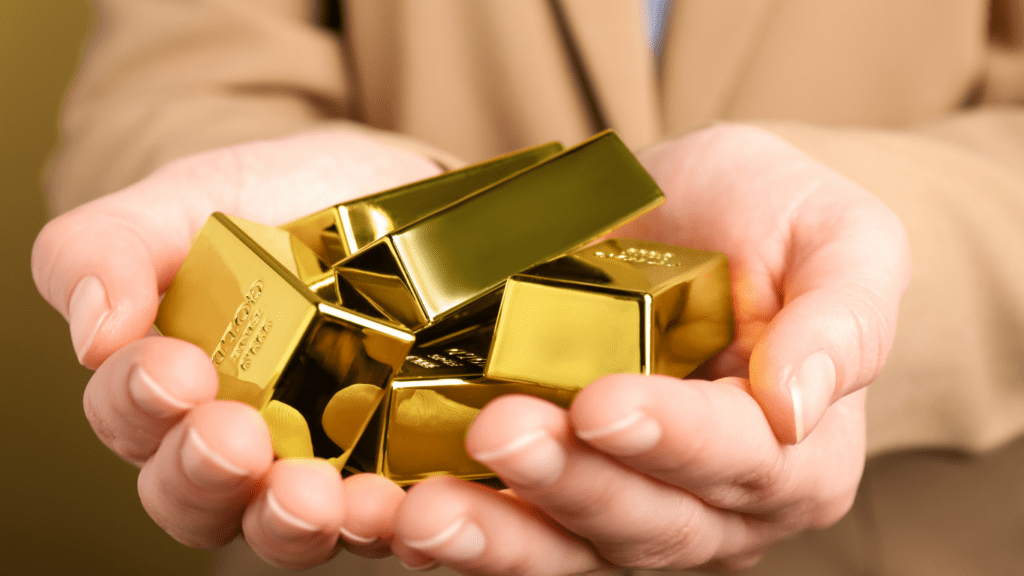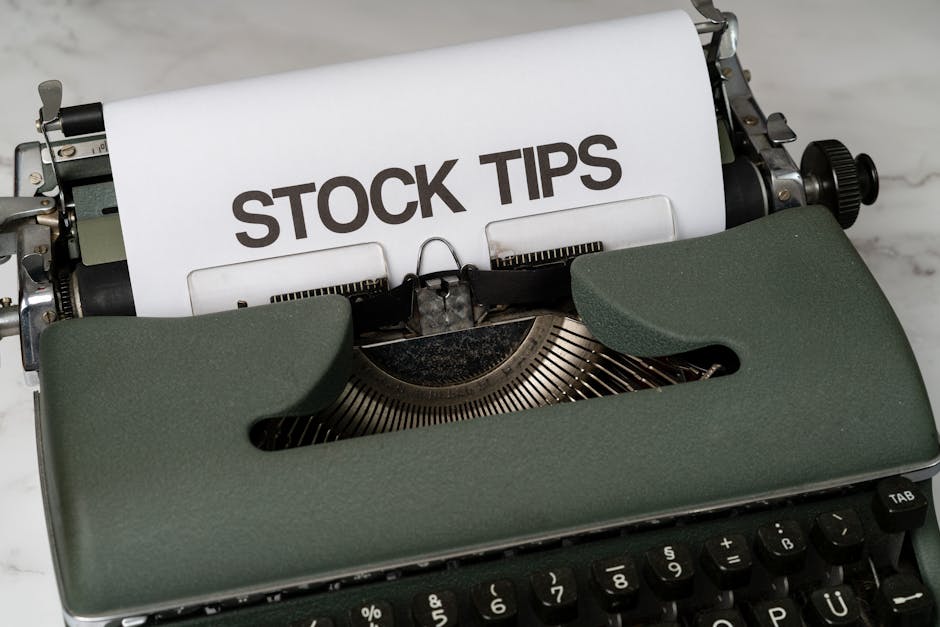Overview of Precious Metal Investments
Investing in precious metals offers a unique blend of stability and potential for growth. Gold, silver, platinum, and palladium constitute the main categories of these investments. Each metal serves distinct purposes and reacts differently to market conditions.
Gold holds a reputation for its role as a hedge against inflation. Its low correlation with other asset classes allows for effective diversification. Silver exhibits more volatility than gold, providing opportunities for short-term gains. Also valued in industrial applications, silver has diverse demand factors.
Platinum, rarer than gold and silver, carries significant importance in the automotive industry due to its use in catalytic converters. It often correlates with the performance of the automotive sector. Palladium offers similar industrial benefits, predominantly in automobile manufacturing, making it equally sensitive to economic shifts.
Investors can access these metals through various instruments like physical assets, exchange-traded funds (ETFs), or mining stocks. Physical investments include coins and bars and incur costs related to storage and insurance. ETFs offer liquidity and lower cost barriers, suitable for those preferring a more manageable form of investment. Mining stocks present another indirect approach with exposure to market fluctuations and company-specific risks.
Understanding each metal’s role within the broader economic landscape helps tailor investment strategies to individual goals.
Why Invest in Gold and Other Precious Metals?
Investing in gold and other precious metals has proven beneficial over time for various reasons. Each metal offers unique characteristics that make it appealing to different investor profiles.
Historical Performance
Gold and silver have maintained value for centuries. According to the World Gold Council, gold has consistently shown stable returns, often during periods of market uncertainty. Historical data reveals that during economic downturns, gold’s value tends to rise, making it reliable in preserving wealth. Silver, with its industrial demand, has fluctuated more but also provided significant returns during economic expansions.
Hedge Against Inflation
Inflation erodes currency value, but gold acts as a hedge against this loss. For decades, gold prices have risen when inflation spikes, preserving purchasing power. Unlike currency, gold’s supply is limited, which supports its value retention. Silver, platinum, and palladium also offer inflation resistance to varying degrees, often influenced by their broader industrial applications.
Portfolio Diversification
A diversified portfolio reduces risk by incorporating assets with low correlation. Gold, unlike traditional stocks and bonds, often moves independently from market trends, offering balance during market volatility. Including silver, platinum, and palladium can enhance diversification further. Their industrial links create distinct opportunities that differ from gold, broadening the investment horizon.
Types of Precious Metals

Investing in precious metals offers financial diversification and stability. Each metal, from gold to palladium, presents unique characteristics and opportunities.
- Gold
Gold provides a hedge against inflation and currency volatility. Its historical significance and universal acceptance make it a safe-haven asset. I find that gold’s low correlation with other asset classes enhances portfolio diversification. Investors can choose from physical gold or financial instruments like ETFs and futures.
- Silver
Silver combines monetary and industrial value. While it mirrors some of gold’s safe-haven appeal, its extensive industrial applications, such as electronics and solar panels, introduce higher volatility. For this reason, I see silver’s price fluctuations offering short-term trading opportunities. Silver investments come in various forms, including bullion and stock in mining companies.
- Platinum
Platinum’s industrial demand, particularly in automotive catalytic converters, drives its market price. As it closely tracks economic trends, I use platinum to tap into industrial growth. Scarcer than gold and silver, platinum serves as both an investment and a commodity play. Options include physical bars and ownership in platinum-focused funds.
- Palladium
Palladium’s primary use lies in the automotive sector, where it helps reduce vehicle emissions. Its price reflects automotive production levels and environmental regulations. I notice palladium becoming more valuable as emission standards tighten worldwide. Like other metals, palladium investment options include physical holdings and market securities.
Ways to Invest in Precious Metals
Exploring various methods to invest in precious metals can help diversify my investment portfolio and protect against economic instability. Different approaches carry unique risks and benefits, each catering to different investor preferences and strategies.
Physical Bullion
Physical bullion includes:
- gold
- silver
- platinum
bars or coins. Owning tangible assets offers the security of direct ownership without counterparty risks. Storage and insurance expenses, however, can increase overall costs. I might prefer bullion if I’m seeking a tangible store of value that is globally recognized and easily tradeable.
Exchange-Traded Funds (ETFs)
ETFs provide exposure to metal prices without the need for physical storage. These funds track the price of precious metals and trade like stocks on exchanges, offering liquidity and ease of access. I may choose ETFs for their convenience and cost-effectiveness, while avoiding the logistical challenges of maintaining physical assets.
Mining Stocks
Investing in mining stocks connects my portfolio to companies that extract precious metals. These stocks offer leverage to metal prices, often amplifying gains and losses. I need to consider company performance and operational risks, which could affect my returns beyond metal price fluctuations.
Futures and Options
Futures and options introduce leverage, allowing for significant gains or losses based on metal price movements. Futures contracts obligate the purchase or sale of a metal at a predetermined date and price, while options provide the right but not the obligation. I might utilize these instruments if I seek speculative opportunities and possess a strong understanding of market mechanics.
Risks and Considerations
Investing in gold and other precious metals comes with unique risks. Understanding these is crucial for informed decision-making.
Market Volatility
Precious metals markets can experience significant price fluctuations. Economic conditions and geopolitical events greatly influence these assets. I’ve noticed that factors like currency strength and interest rates impact gold and silver prices. Investors should monitor these elements to anticipate potential shifts.
Storage and Insurance
Owning physical metals requires secure storage. The need for protection increases costs, which eat into profits. I recommend considering vault services and insurance policies to protect these assets. While ETFs avoid these issues, they come with management fees.
Regulatory Concerns
Regulations vary by region and might affect investment returns. Tax policies and reporting requirements differ, impacting net gains. It’s important to consult financial advisors about regional regulations to ensure compliance and optimize investment outcomes.



